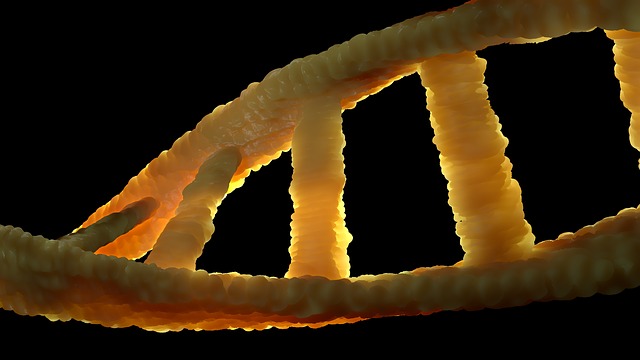DNA is the genetic code that differentiates people from animals, and from one another. In the past few decades, scientists have come up with new ways to use DNA for other purposes. This time, it’s a circuit based on DNA that may become a useful tool in science and medicine.
The concept of DNA circuits is not new — a type of computing that uses DNA, biochemistry, and molecular biology instead of more conventional silicon-based computer technologies to perform calculations. It has been used in problem-solving, in calculating square roots and in playing strategy games like tic-tac-toe.
But DNA circuits have so far been digital, meaning information processed through it is translated into binary code — zeroes and ones.
Now, researchers from Duke University have created a nanoscale computer that is analog and uses synthetic DNA.
The International Business Times compares it to the difference between a standard calculator and the more primitive abacus.
Electrical circuits depend on voltage, while DNA circuits “use the concentrations of specific DNA strands” to relay information, according to the Duke study. When processing a calculation, digital DNA circuits need “special circuitry to convert” the “concentrations of specific DNA molecules” to a binary code. By comparison, the analog DNA circuit measures these molecules directly.
The analog DNA circuit can complete addition, subtraction and multiplication functions, based on how synthetic DNA strands in a test tube form and break. The researchers, led by John Reif, are developing more advanced analog DNA circuits “that can do a wider range of calculations, such as logarithms and exponentials,” a statement on Duke’s website says.
The one drawback is that analog DNA circuits, which are much smaller than silicon circuits, are very slow compared to modern computing devices, and take hours to complete calculations.
Reif admitted that, “We can’t even begin to think of competing with modern-day PCs or other conventional computing devices.” On the bright side, these nanoscale circuits can work in wet environments, which makes them useful for swimming in cells or the bloodstream.
The researchers are hoping that their invention will one day be able to sense if blood chemicals are within normal levels, and perhaps release DNA or RNA for treatment. They are also optimistic that further developments on other DNA devices will soon be able to detect cancer cells or release substances that can strengthen the immune system.
The study was published in ACS Synthetic Biology.
























